|
Every writer has goals that they want to reach. Whether it's writing daily, finishing 1,000 words a week, editing a chapter a month, or sitting down and crunching out 1,667 words every day a month for NaNoWriMo.
Staying motivated to reach those goals is one of the hardest parts of writing.
0 Comments
In this blog post I'm going to go over the different levels of editing and what they all mean, as well as answer some common questions about the editing process. Along with each explanation, I'll include a short snippet of an example edit (except for developmental editing and outline critique, which are rather hard to show an example of in just a single paragraph).
For my example, I'll be using an old homework assignment I did in college (actually it was the scene that eventually became the basis of my sci-fi novel, Soot of the Stars.) Whether your protagonist is the prophesied chosen one destined to save the world or a lowly street rat who gets taken in by the empire's local assassin's guild to be trained in the deadliest arts, or perhaps the heir to the throne of an ancient kingdom, chances are your fantasy world has some form of hand-to-hand combat.
Characters are the basis for every story. The motivation behind every plot. The force behind every system of magic. They are the viewpoint by which we experience the stories that we love. In many ways, they are the reason we love those stories in the first place.
For this reason, characters are arguably the single most important element of your story. A good character can make up for a half-formed world or a cliche magic system and questionable plot. But no amount of amazing world-building or fancy, flashy magic and twisting, exciting plot lines will make up for a bad or unlikeable character. This blog is a summary of my Character Creation World-building Workbook. The full workbook is available in my shop or on my Etsy (where you can also get a sneak peak of the full content). Even though this is only a summary (and doesn't cover everything that is in the workbook) this post will cover everything from a basic overview of their personality, emotions, family, backstory, skills, goals, fears, theme, and plot. By the end, our goal is to have a unique, engaging, and relatable character who will stand strong and drive your story through its plot. This last year may have been crazy, but all of the extra time gave me the opportunity to read a whole ton of new and amazing books (many of which have become my favorites of all time). I'm a bit late, but I wanted to do a blog at the end of this year recommending the absolute best I found (difficult as it is to narrow it down to a manageable number).
Here goes. This is the second part of my Ideas to Book blog series. (If you missed the first one you can find it here.) The last post dealt with finding an idea that can become a book.
But a single idea really isn't enough to do it, no matter how good that idea might be. So you need more than one. A book is a bunch of ideas that fit together to form a story. Ideas that can feed into each other, and work together to create a compelling world and narrative. I thought it might be cool to do a blog post about how a single idea can turn into enough of a story to make a novel. After doing a rough draft, I decided that it would be too long for one post, so I'm going to split it into two.
Part One will be about the spark of the first idea. The one that starts it all. A Writer’s Master List of Fantasy Punk Genres From Magicpunk to Steampunk to PiratepunkPunk Genres: From Magicpunk to Steampunk to Piratepunk |
|

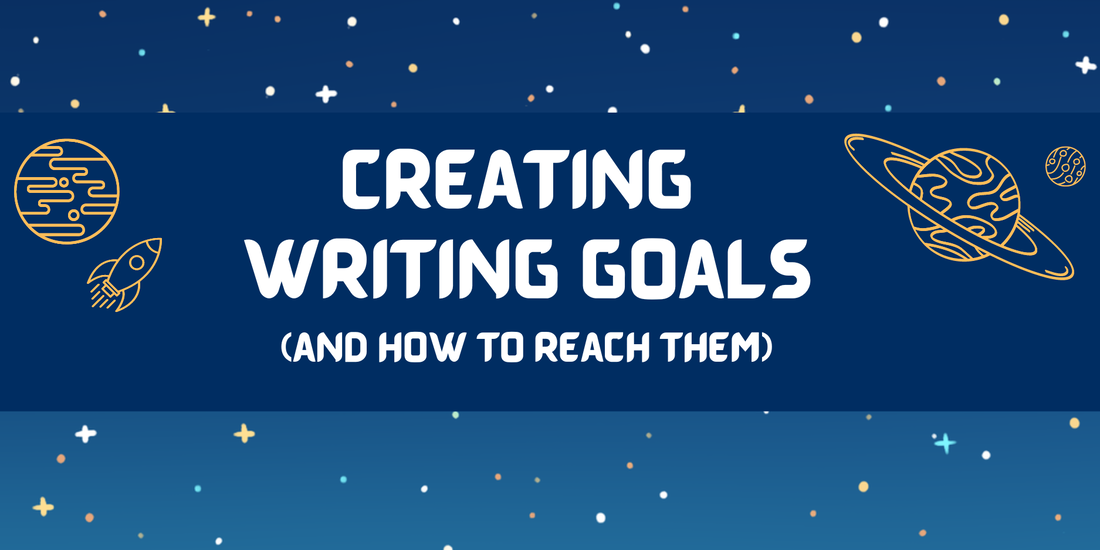

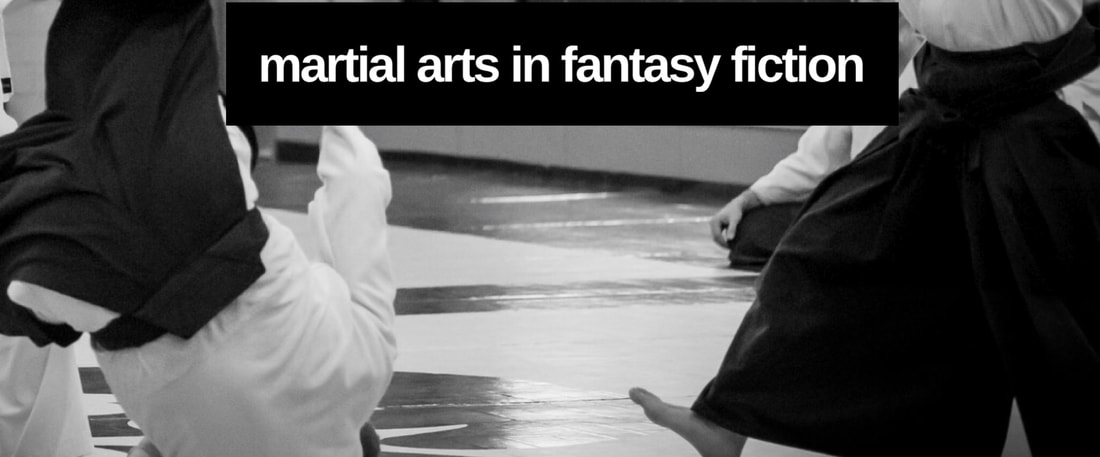


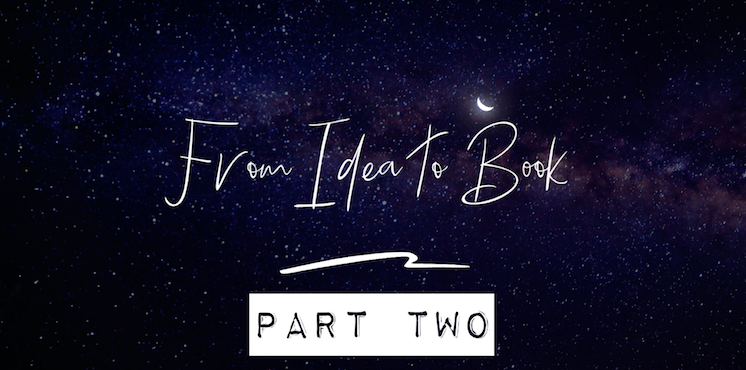


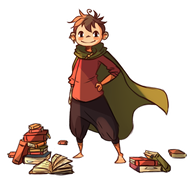

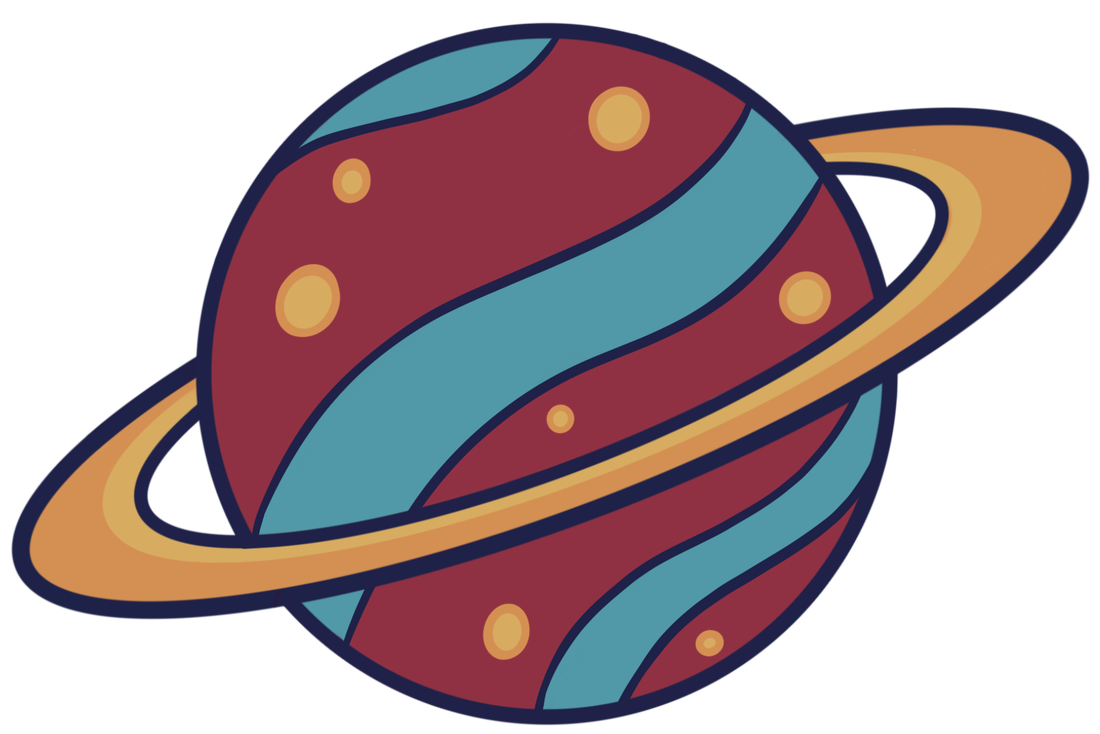

 RSS Feed
RSS Feed
